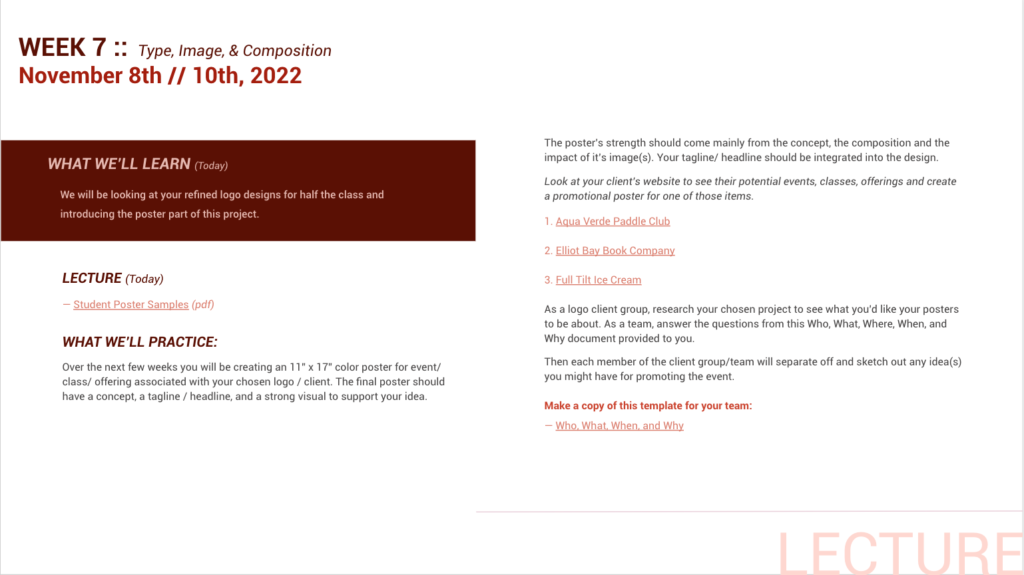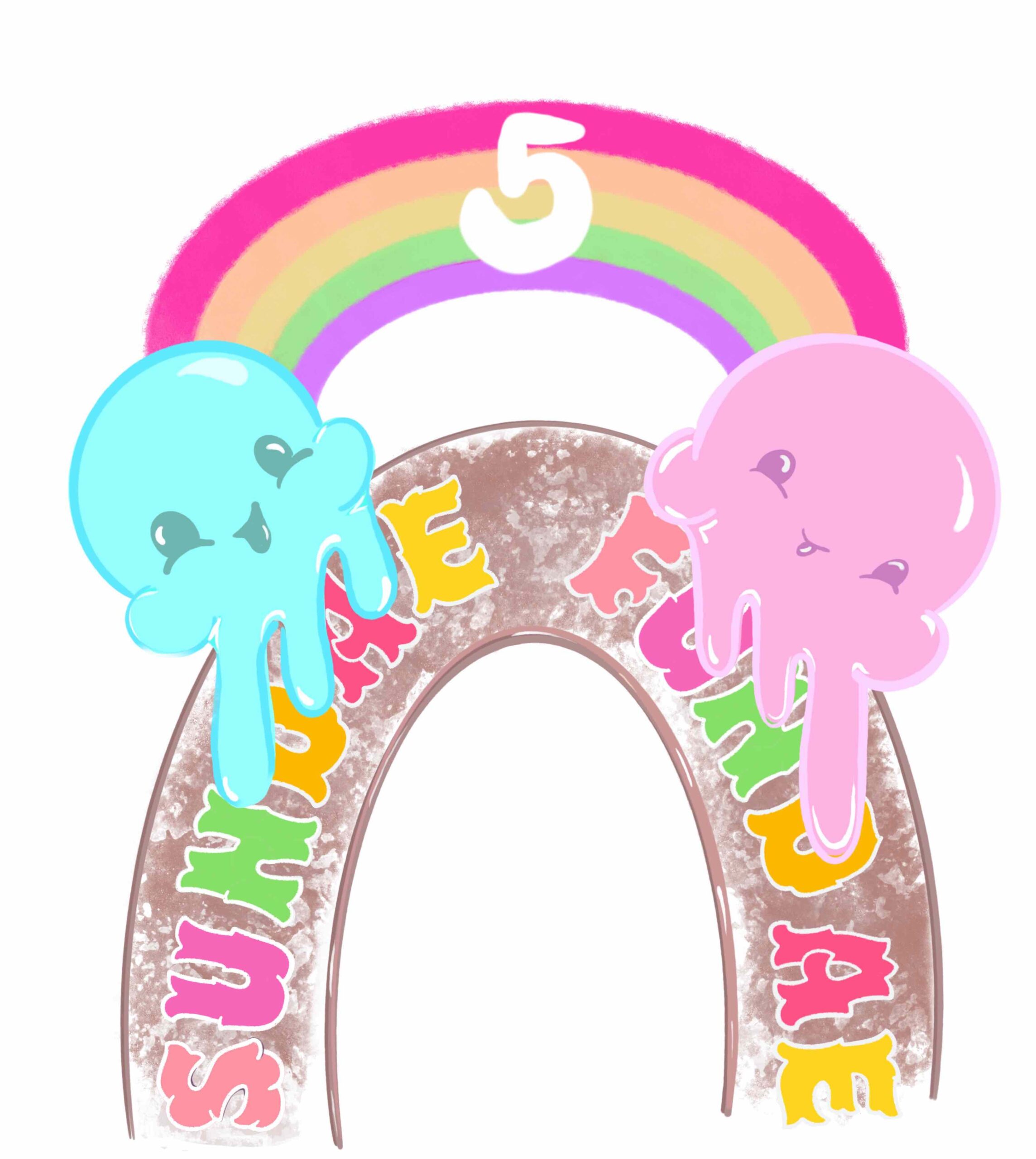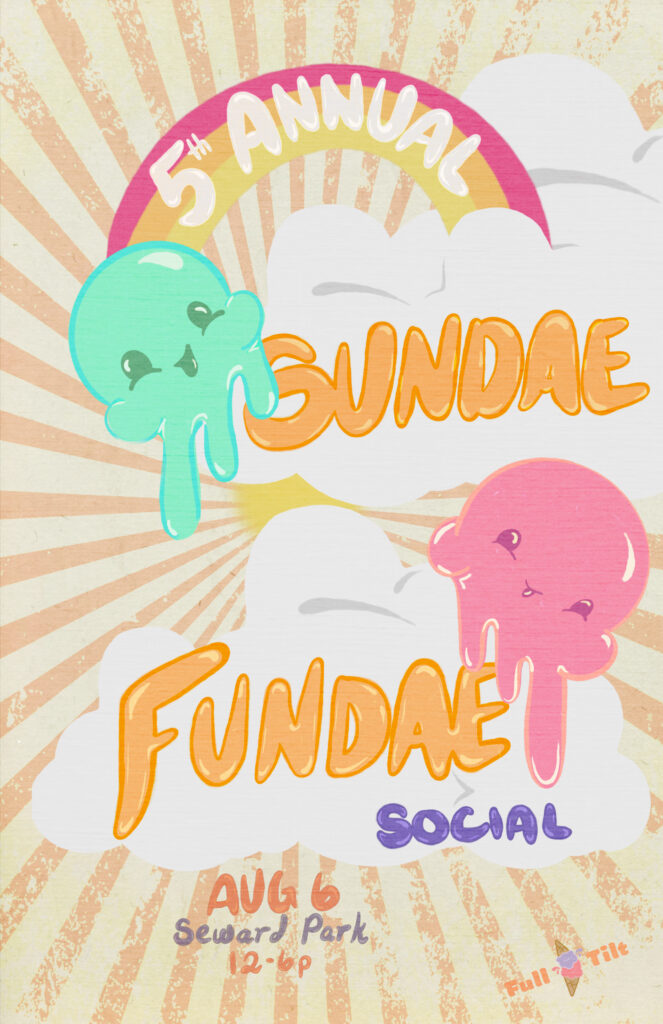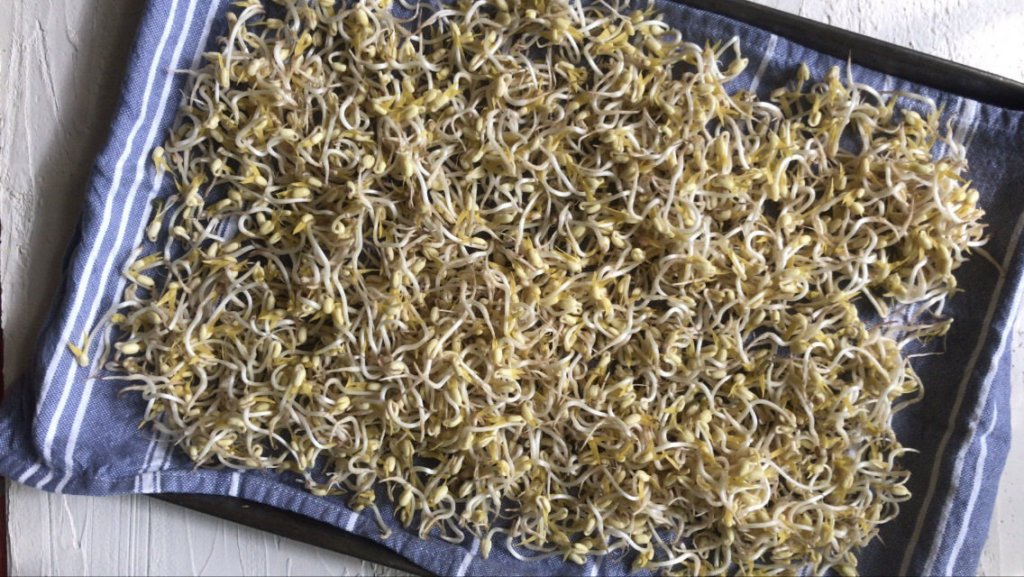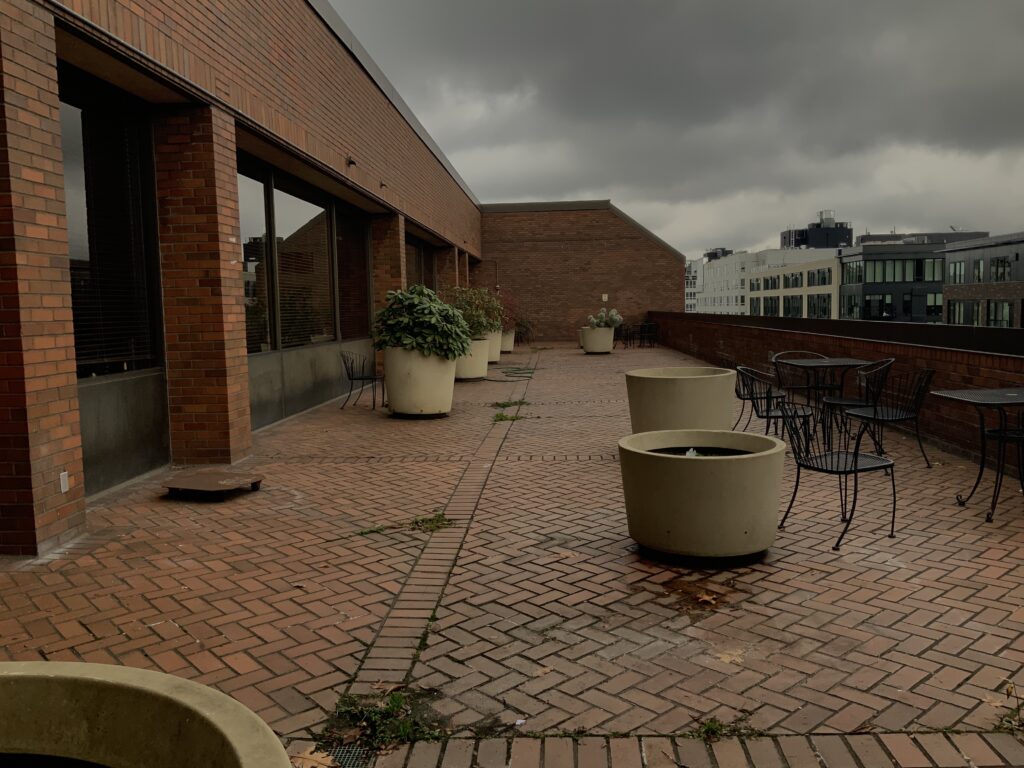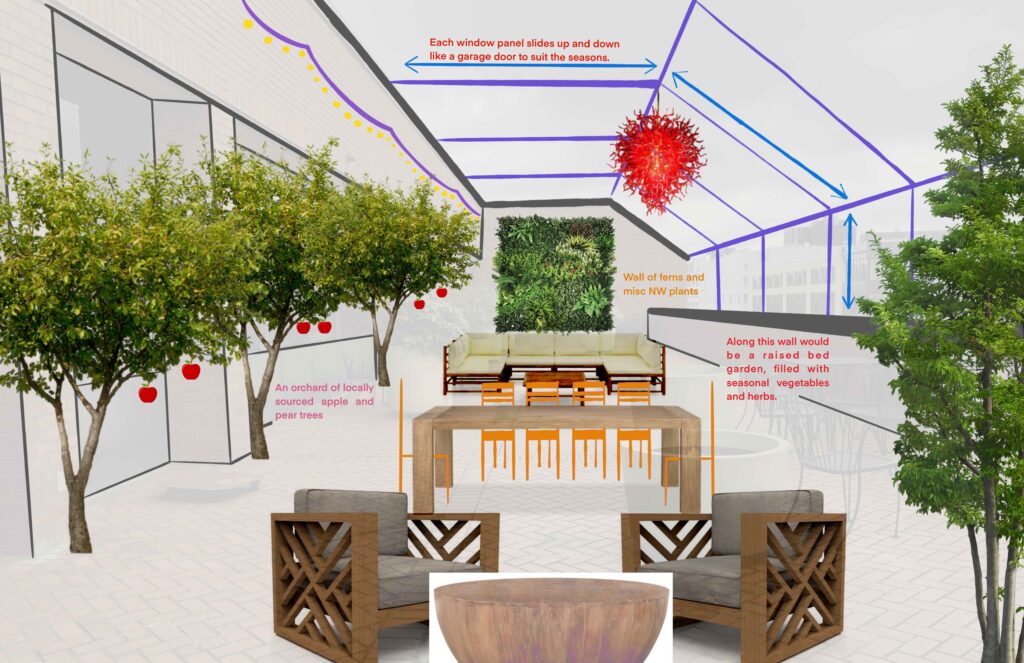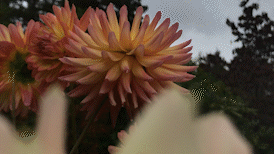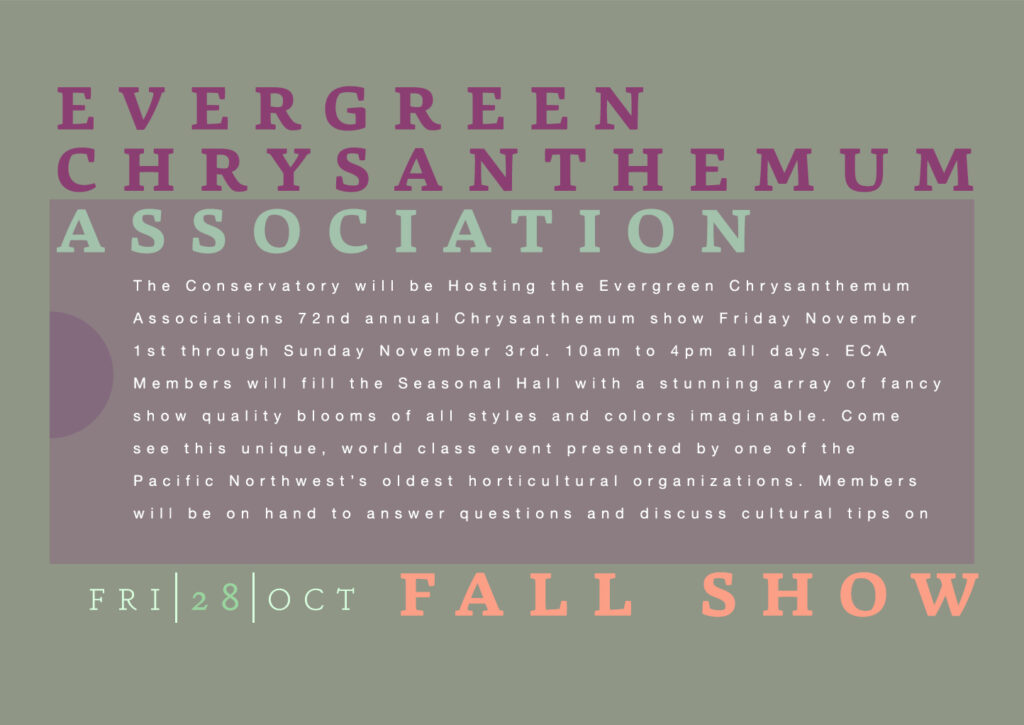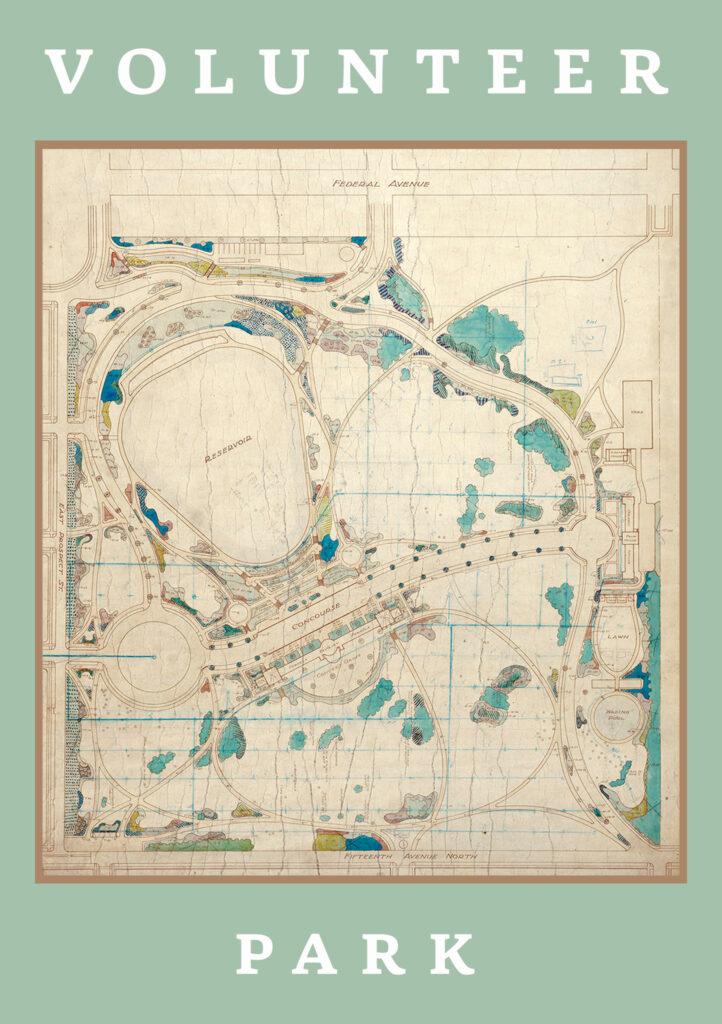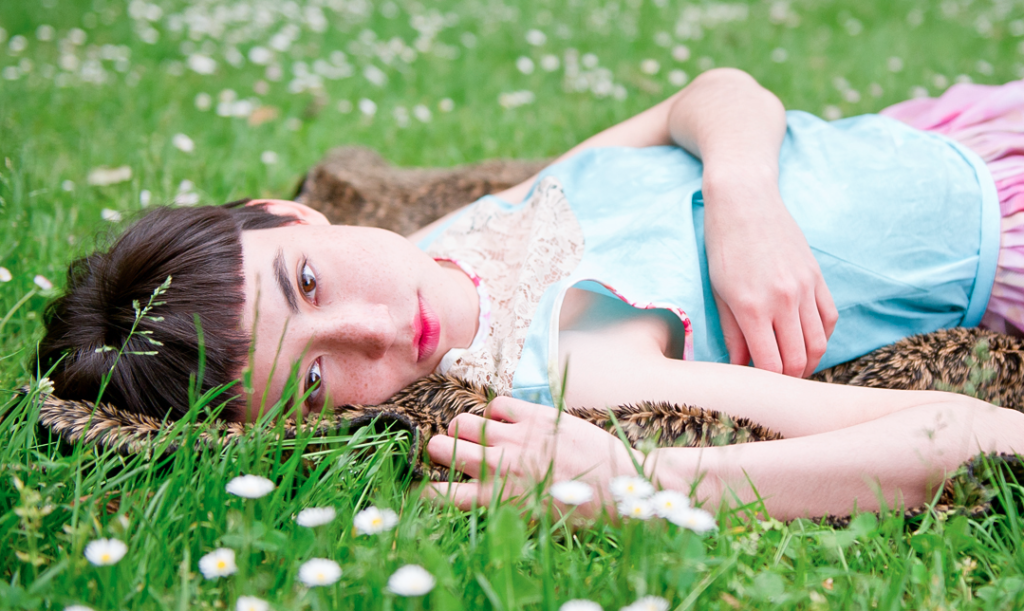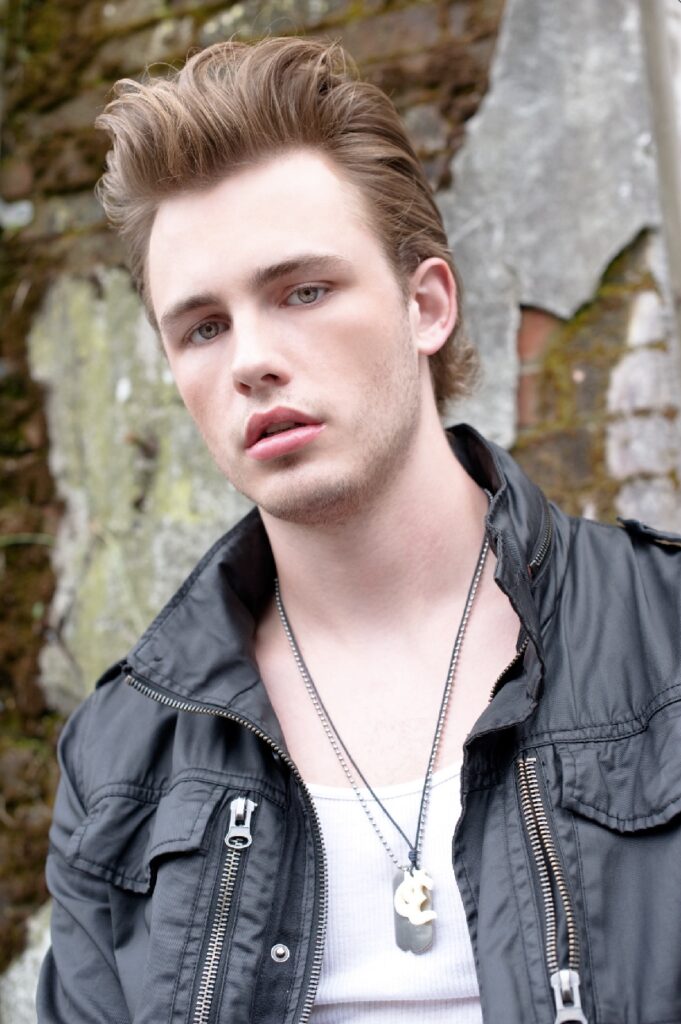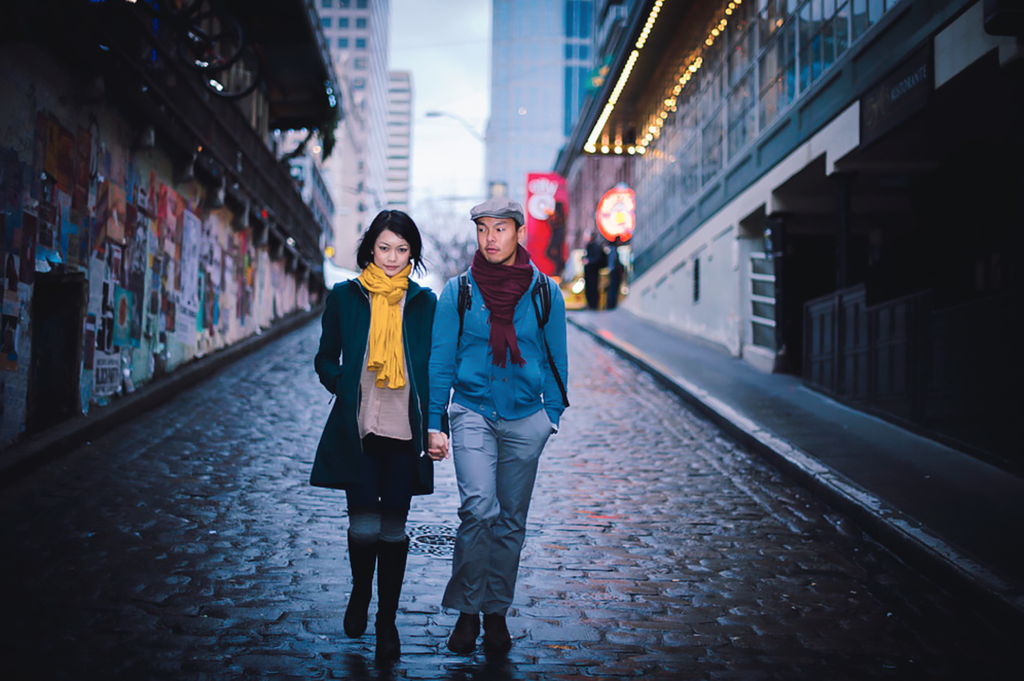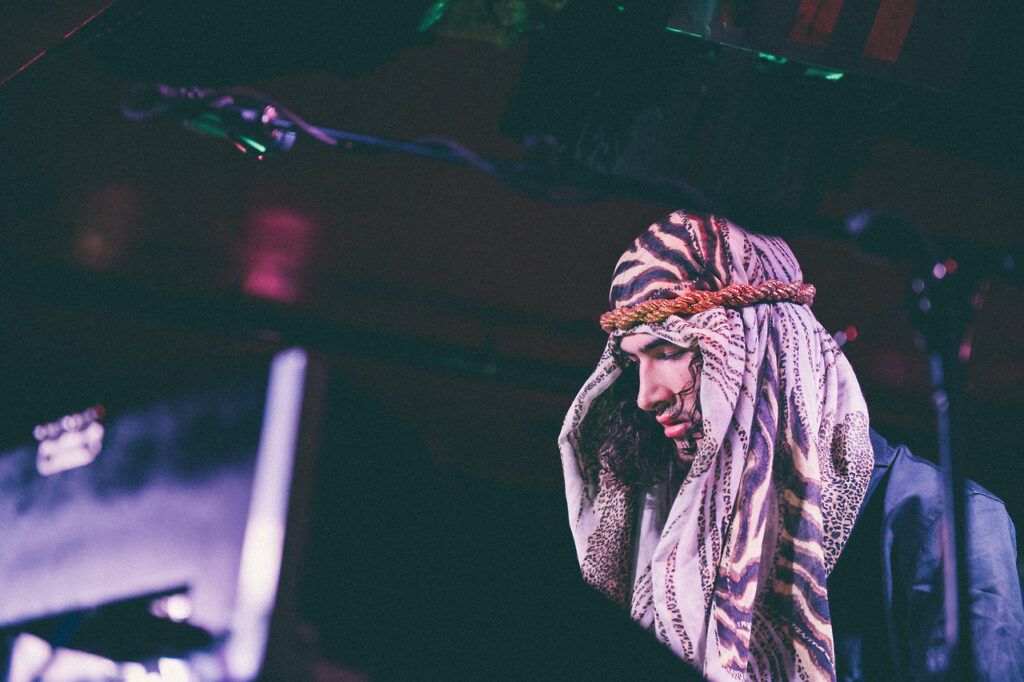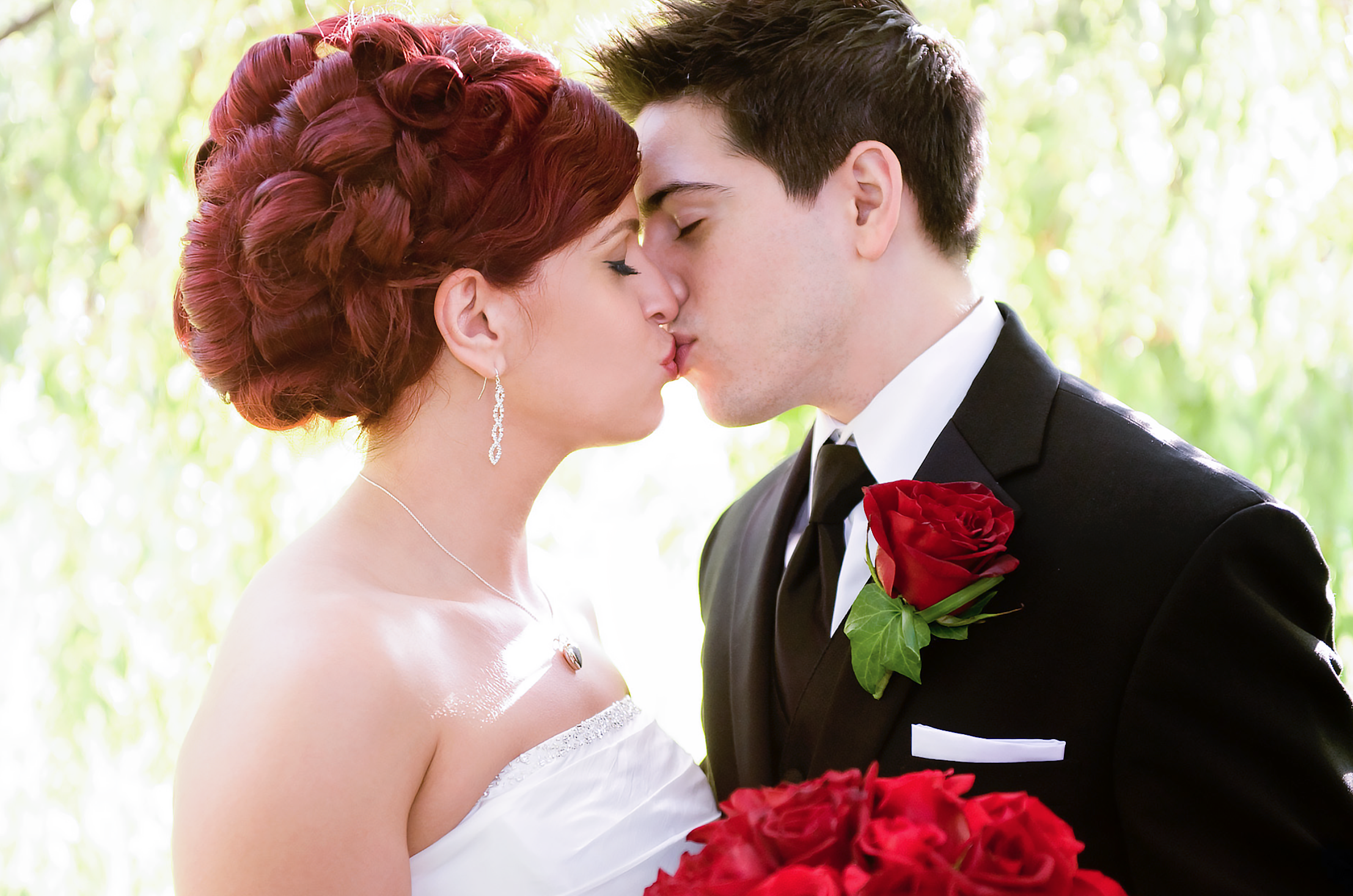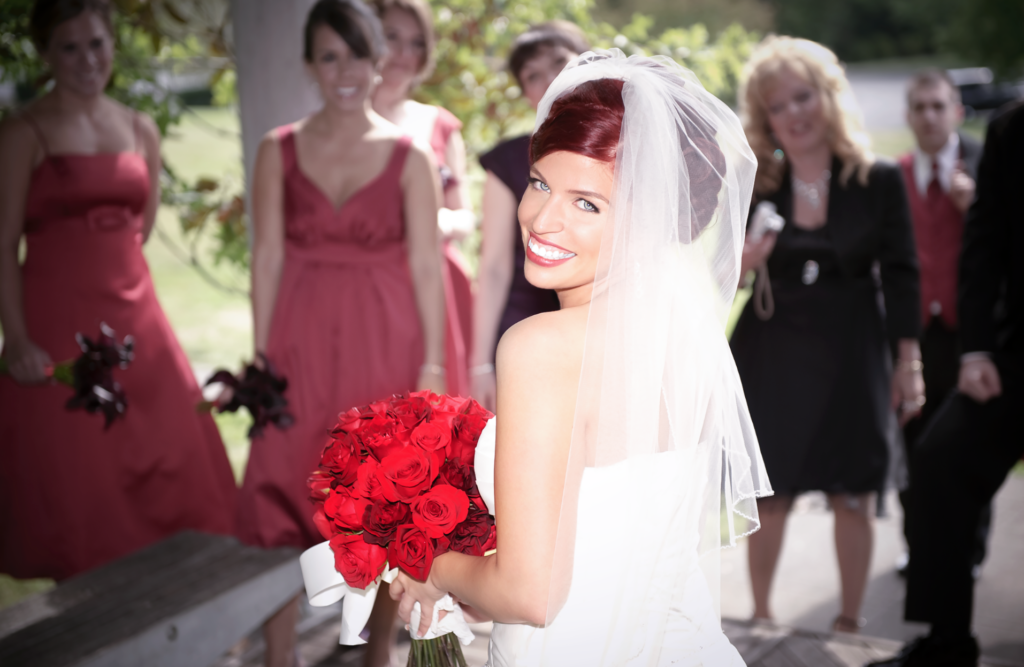My Top Three Hard & Soft Skills
Hard Skills
Typography — A good understanding of typography is crucial for the success of a graphic designer, and plays a critical role in effective visual communication.
During my first two quarters, the projects that I’ve received the most postitive feedback on were the ones where I leaned into my instinct of using type as a key feature to my designs.
Color Theory — A good understanding of color theory, and how it is used to create mood, convey emotion and pull focus is a another key skill of a successful designer.
This is another area of design that I feel is a strength which I hope design school will only deepen further. I think my use of color is one of the reasons I was granted admittance into this program. Growing up on Molokai might have something to do with this. There we see in technicolor. A lesson I’m trying to incorporate into my current designs in the program is the usage of a limited number of colors. I believe this has helped to only strengthen my application of color to my projects.
UX/UI Design — Understanding of user experience (UX) and user interface (UI) design is a definite asset for graphic designers today, especially if interested in web and mobile design (which I am!)
I think this is a strength because I enjoy dabbling. And frequently visiting inspirational sites showcasing websites and mobile design. Plus I enjoy understanding people’s motivations.
As a side note, I’m hoping that during my time in the program I can invest some time reinterpreting an old dream of mine: making a mobile app to help tennis players find and connect to play matches.
Soft Skills
Communication — Strong communication skills are important because we often work with clients and team members to convey ideas and receive feedback.
I think this being a strength of mine is partially why I’ve always done so well in sales careers. Being persuasive is key. And knowing how to navigate many different kinds of personalities is critical. I hope this skill set will serve me well in my design future.
Adaptability — As design industry is constantly evolving, we must be willing and able to adapt to new technologies, trends, and client needs.
Growing up on Molokai, having to discover clever ways to survive and to solve problems without all the usual resources has helped to build my adaptability. I’ve always found that it has helped me throughout life.
Attention to Detail — Graphic designers must pay close attention to detail to ensure that their designs are accurate and meet the client’s requirements.
This might be the OCD in me, but I’m very good (usually) at paying close attention to detail. In some ways, I enjoy it. Even though at times it can be tedious.
Top 2 Hard & Soft Skills: A Work in Progress
Hard Skills
Technical Proficiency — Graphic designers should have strong technical skills in industry-standard design software such as Adobe Creative Suite (Photoshop, Illustrator, InDesign), Sketch, or Figma. This is partially why I decided to apply to this program. I needed a structured way to learn this applications.
Branding — Knowledge of branding and how to create consistent visual identities for clients is a valuable skill for graphic designers.
Soft Skills
Collaboration — Graphic designers often work as part of a team, and strong collaboration skills can help them work effectively with others.
Creativity — A strong sense of creativity and an ability to think outside the box is essential in my chosen field, to come up with original and visually appealing designs.
